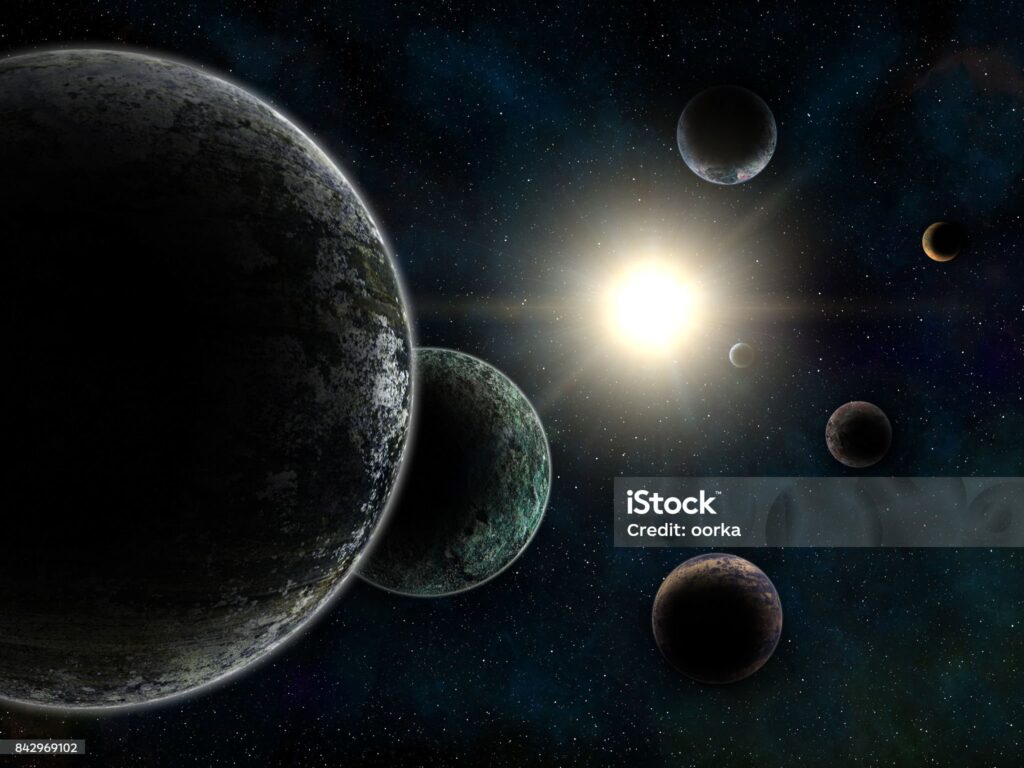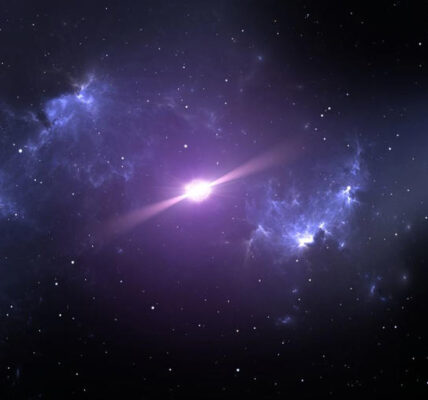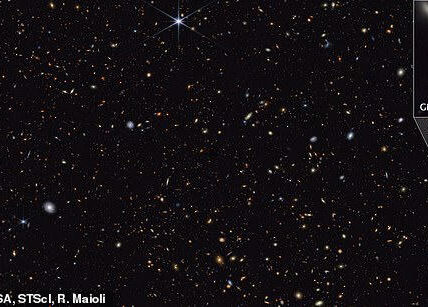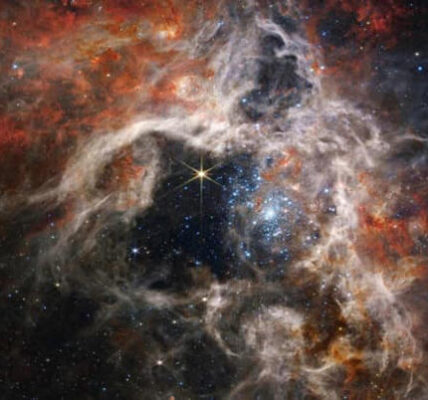Hubble and New Horizons image Uranus in an exciting collaboration, providing a new perspective on the ice giant. Learn how these observations could help astronomers study exoplanets.

Hubble and New Horizons Image Uranus: A Unique Collaboration
NASA’s Hubble Space Telescope and the New Horizons Pluto probe have teamed up to offer fascinating insights into Uranus, the seventh planet from the Sun. By combining their unique perspectives, these two spacecraft have captured images of Uranus, helping scientists gain a better understanding of the coldest planet in the solar system. The Hubble and New Horizons image Uranus collaboration has not only improved our knowledge of Uranus but also holds promise for future studies of exoplanets—planets outside our solar system.
Different Perspectives on Uranus
The Hubble and New Horizons image Uranus project showcases how two spacecraft can provide complementary data by observing the same planet from different angles. While Hubble, orbiting Earth at around 1.7 billion miles away from Uranus, captured high-resolution images of the planet’s atmosphere, New Horizons observed Uranus from a much farther distance—about 6.5 billion miles away. This gave astronomers a wide range of data to work with. Hubble was able to closely study the cloud patterns and weather activity on the planet, while New Horizons’ distant view allowed scientists to observe the planet’s overall brightness and shape, albeit as a blurred dot.
Though New Horizons’ view of Uranus might not be as sharp as Hubble’s, this partnership provides a complete picture of the planet. Together, the Hubble and New Horizons image Uranus project helps astronomers better understand Uranus’ behavior, such as its rotation and how its atmosphere reflects sunlight, which is key to unlocking the mysteries of this ice giant.
Why Uranus Matters for Exoplanet Research
The Hubble and New Horizons image Uranus observations have broader implications for space research, especially for studying exoplanets. Since the discovery of the first exoplanet in the 1990s, astronomers have found thousands more. Most of these distant worlds are detected through indirect methods, such as by observing the tiny dips in light when a planet crosses its star, or through the gravitational “wobble” it causes in its star’s movement. However, only a few exoplanets have been directly imaged because they are extremely far away and appear as faint specks of light.
This is where Uranus comes in. Uranus is similar to many of the gas giants discovered outside our solar system. By studying Uranus closely, scientists can develop techniques and expectations for how exoplanets may appear when observed through future telescopes. The Hubble and New Horizons image Uranus effort has already shown that a planet like Uranus, when partially illuminated by its star, may appear dimmer than expected. This insight could help astronomers adjust their techniques when trying to directly image exoplanets, especially those in distant star systems.
Uranus as a Proxy for Exoplanet Research
Uranus is a valuable stand-in for understanding exoplanets. Like many gas giants detected in other solar systems, Uranus has a thick atmosphere made of hydrogen, helium, and methane. It also has extreme weather patterns, with swirling clouds and storms. The Hubble and New Horizons image Uranus data give scientists a closer look at these features, which can help them identify similar characteristics in exoplanets.
When New Horizons observed Uranus, it captured what is known as the “twilight crescent” of the planet. This phase occurs when a planet is only partially illuminated by its star. Many exoplanets are also observed in this phase, as they orbit far from their parent stars. The Hubble and New Horizons image Uranus data could therefore be essential for better understanding how exoplanet atmospheres behave under similar lighting conditions.
What Hubble Revealed About Uranus’ Atmosphere
Hubble’s powerful lens allowed scientists to focus on Uranus’ dayside, the part of the planet facing the Sun. This provided clear images of the planet’s cloud activity. In the Hubble and New Horizons image Uranus project, Hubble’s observations showed that Uranus has dynamic weather patterns, with clouds and storms moving across its surface. This is similar to what we observe on other gas and ice giants like Jupiter and Saturn.
Surprisingly, the Hubble and New Horizons image Uranus data also showed that the brightness of the planet didn’t change much as it rotated. This suggests that the clouds on Uranus might not vary significantly with rotation, which contrasts with the fast-changing clouds we see on Jupiter. This finding adds a new layer of understanding to Uranus’ atmosphere and could help scientists predict how similar gas giants behave.
Preparing for Future Space Telescopes
The findings from the Hubble and New Horizons image Uranus collaboration will play a crucial role in preparing for upcoming space missions. NASA’s next major space telescope, the Nancy Grace Roman Space Telescope, set to launch in 2027, will benefit from these insights. Roman will be equipped with a coronagraph, a special tool that blocks out the light from stars, making it easier to see the planets orbiting them. The Hubble and New Horizons image Uranus project has provided valuable information on how planetary atmospheres behave when only partially illuminated, which will help Roman’s team when it begins studying exoplanets.
Further into the future, NASA’s Habitable Worlds Observatory, now in its early planning stages, will focus on finding signs of life on Earth-like exoplanets. Data from the Hubble and New Horizons image Uranus effort could be instrumental in helping astronomers fine-tune their search for habitable planets around distant stars.
Conclusion: A Glimpse Into the Future
The Hubble and New Horizons image Uranus collaboration marks an exciting step forward in our understanding of both Uranus and exoplanets. By using two different spacecraft to observe the ice giant from unique angles, scientists have gained valuable insights that will not only help unlock the mysteries of Uranus but also inform future exoplanet research. As space technology continues to advance, studies like this will help astronomers better prepare for the next generation of space telescopes, bringing us closer to discovering new worlds and possibly even life beyond Earth.
Related:
Supermassive Black Hole Discovery 2024: 5 Astonishing Revelations




